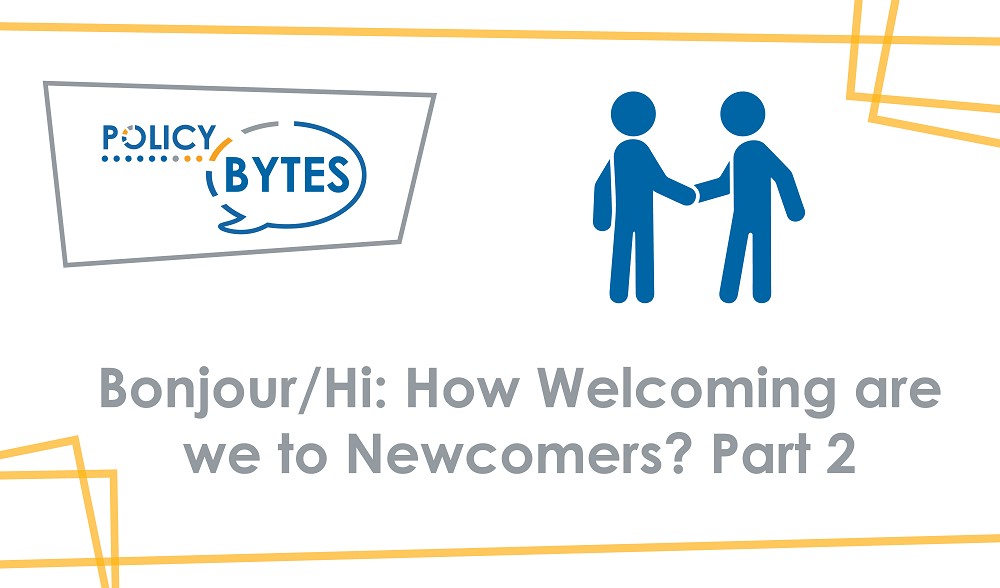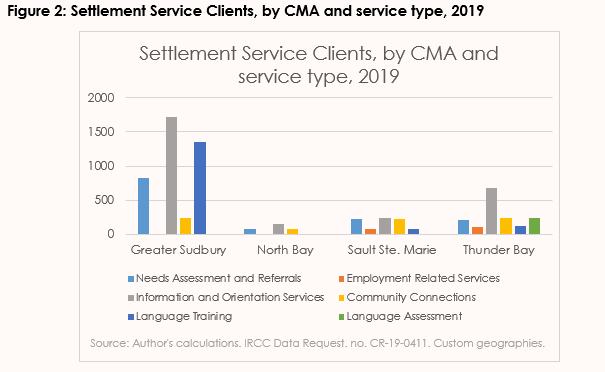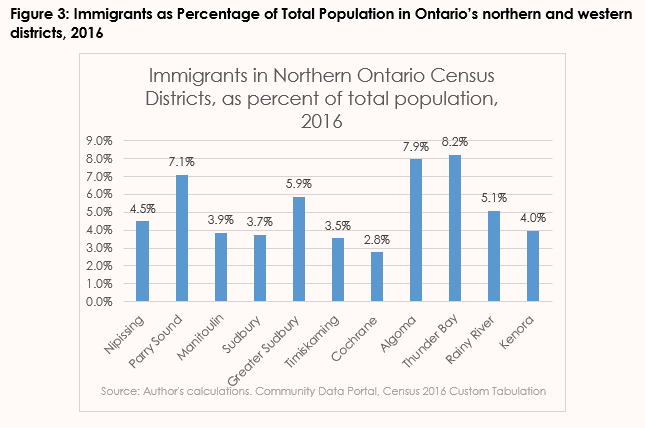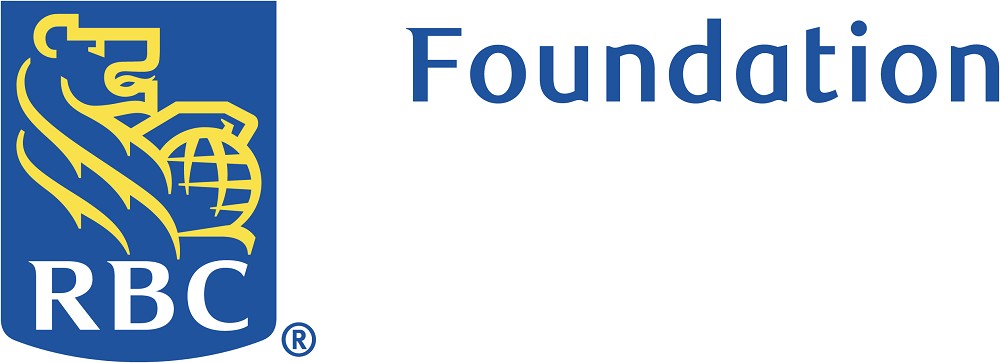Bonjour/Hi: How Welcoming are we to Newcomers? Part 2
September 29, 2020 - Since 1976, seven out of 11 districts in Ontario’s western, northern, and central regions have faced a decline in population; all are experiencing a population shift. Communities in Ontario’s northern and western regions are experiencing high levels of youth out-migration, low birth rates, and a rapidly aging population. With a large portion of the population aging out of the workforce, and a lack of younger generations to fill their spots, labour market shortages will arise. Thus, attracting and retaining immigrants is a crucial step in ensuring current levels of life quality remain, despite the challenges faced.

Communities in Ontario’s western, northern, and central regions must deploy a “Welcoming Communities” strategy, whereas communities have agency and engage in actions that facilitate the integration of newcomers. Welcoming policy refocuses the efforts to integrate newcomers onto the host society, taking the burden partially off newcomers.
Municipalities and employers must take attraction and retention strategies into their own hands if they hope to attract migrants that typically locate in larger, more urban centres, such as Toronto, Montreal, and Vancouver. The rural and northern communities that need immigrants the most are receiving the least – why is that?
What is a Welcoming Community?
Immigration literature[i] and conversations with newcomers identify a few common indicators of a Welcoming Community, including suitable, affordable, and available housing, meaningful employment opportunities, potential for social integration, and the presence of newcomer services and settlement agencies. Part one of this series discussed housing and employment indicators; this article will discuss social integration and settlement services.
Social Capital
While social capital and integration are difficult to measure and track, they are equally, if not more, important as housing and employment indicators. In fact, housing and employment both influence a newcomer’s sense of belonging and social capital; all factors work in conjunction with one another to contribute to a Welcoming Community.
Within social capital, the presence of family, friends, or an established ethno-cultural community is an important factor in attracting newcomers to a community and retaining them. The presence of strong social networks, specifically with family members or other newcomers, can influence a newcomer’s choice of where to settle. In fact, newcomers often rely on family or other immigrants to provide them with information about a community before they decide to settle in it.
Unfortunately for western, northern, and central Ontario, small and remote communities are generally more homogenous than larger centres – in terms of ethnic origin, culture, and language – resulting in challenges of social inclusion for newcomers.
The percentage of immigrants as part of the total population is significantly lower in Ontario’s northern and western regions than the Ontario average, which is 29.1 percent. A low number of immigrants in these areas creates a feedback loop where newcomers will choose to locate in cities with a higher percentage of immigrants. The lack of already settled migrants in Ontario’s western, northern, and central districts can pose a barrier for newcomers looking for first-hand information about the community. Thus, when newcomers do chose these regions to locate in, retention is all the more crucial in creating immigrant pathways.

Immigration Assets and Settlement Services
Settled immigrants act as a key linkage to bring newcomers into community social circles, but there are additional measures in place. Other strategies to foster social capital among newcomers is the presence of English conversation circles, youth sports, and mentorship opportunities in the community.[ii] In addition, Local Immigration Partnerships (LIPs) and Réseaux en immigration francophone (RIFs) strengthen a community’s capacity to welcome, retain, and integrate immigrants by enhancing the coordination of services for newcomers.
Settlement services can include information and orientation services, language training and assessment, community connections, employment related services, and needs assessments and referrals.

Thunder Bay is the only city that provides a language assessment service, which can lead to referrals for government-funded English training programs. North Bay is the only city that does not provide a language training service, though it does offer interpretation and translation services (for a fee) and English/French as a Second Language referrals. Greater Sudbury and North Bay each had zero clients for “employment related services,” in 2019, though the City of North Bay does offer this service, and the Greater Sudbury YMCA has an Employment Centre.
Findings of previous newcomer-related research projects have indicated that service providers in Ontario’s northern regions tend to work in silos and lack consistent communication with other service providing organizations.[iv] While the presence of newcomer-serving agencies that can successfully meet the needs of newcomers are important, newcomers must have information and knowledge about these agencies and their roles in order to fully utilize them. Therefore, settlement service providers across Ontario’s western, northern, and central regions should collaborate to ensure consistency among districts and municipalities, furthering welcomeness in their communities.
How to Increase Welcomeness
Communities in these regions need immigrants. Newcomers fill essential gaps in the communities they choose to settle in. In fact, studies suggest that migrants tend to reduce the non-working-age dependency ratio, are typically younger than the destination population, and increase investment in the region in which they settle.
Our regions have a lot to work with in terms of welcoming newcomers. Importantly, quality of life and lifestyle factors were also cited as being important in attracting and retaining newcomers. Small and remote communities were often regarded as favourable by newcomers for their quality of life, slower pace, quieter atmosphere, and generally pleasant physical space. Coupled with lower housing costs, On paper, our communities should be an oasis for newcomers.
Attracting newcomers is half the battle, retaining them is the other. Moving forward, it will be key for employers and communities to enhance their welcome of immigrants to the region and to consider ways to retain them once they settle.
Based on both the previous article discussing housing and employment, and this article on social aspects and settlement services of Welcoming Communities, here are three recommendations to increase welcomeness in our regions:
- Increase the availability of affordable, suitable housing options
- Including short-term rentals, three-bedroom and single bedroom dwellings
- The introduction of programs to bridge the gap between a newcomer’s foreign credentials, degree, and/or work experience and employment opportunities in the host city
- These programs could include language training and skills certifications
- A focus on newcomer retention, including through promoting programs and events to foster social capital, as well as centralizing newcomer settlement services
We must work to market our attractive features, and improve on our shortfalls. With a Welcoming Communities strategy, municipalities here in our regions can welcome, attract, and retain newcomers, benefiting members of the communities at large for years to come.
[i] Painter, Carla Valle. 2013. “Sense of belonging. Literature review.” Citizenship and Immigration Canada. Available online at https://pdfs.semanticscholar.org/4436/29b65883ce76694f9424c8001db003b9a11a.pdf.
[ii] Janzen, Rich, Thea Enns, Lihua Yang, Shelly Jun, Mischa Taylor, Joanna Ochocka and Jess Notwell. 2019. “Outcome Inventory: Evaluating Refugee Programs.” Centre for Community-Based Research.
[iv] Hager, Hilary. Upcoming. “Asset Mapping.” Northern Policy Institute.
Write for us
Mercedes Labelle is a Research Analyst at NPI
Thank you to our Experience North Sponsor 
The content of Northern Policy Institute’s blog is for general information and use. The views expressed in this blog are those of the author and do not necessarily reflect the opinions of Northern Policy Institute, its Board of Directors or its supporters. The authors take full responsibility for the accuracy and completeness of their respective blog posts. Northern Policy Institute will not be liable for any errors or omissions in this information, nor will Northern Policy Institute be liable for any detriment caused from the display or use of this information. Any links to other websites do not imply endorsement, nor is Northern Policy Institute responsible for the content of the linked websites.
Northern Policy Institute welcomes your feedback and comments. Please keep comments to under 500 words. Any submission that uses profane, derogatory, hateful, or threatening language will not be posted. Please keep your comments on topic and relevant to the subject matter presented in the blog. If you are presenting a rebuttal or counter-argument, please provide your evidence and sources. Northern Policy Institute reserves the right to deny any comments or feedback submitted to www.northernpolicy.ca that do not adhere to these guidelines.
